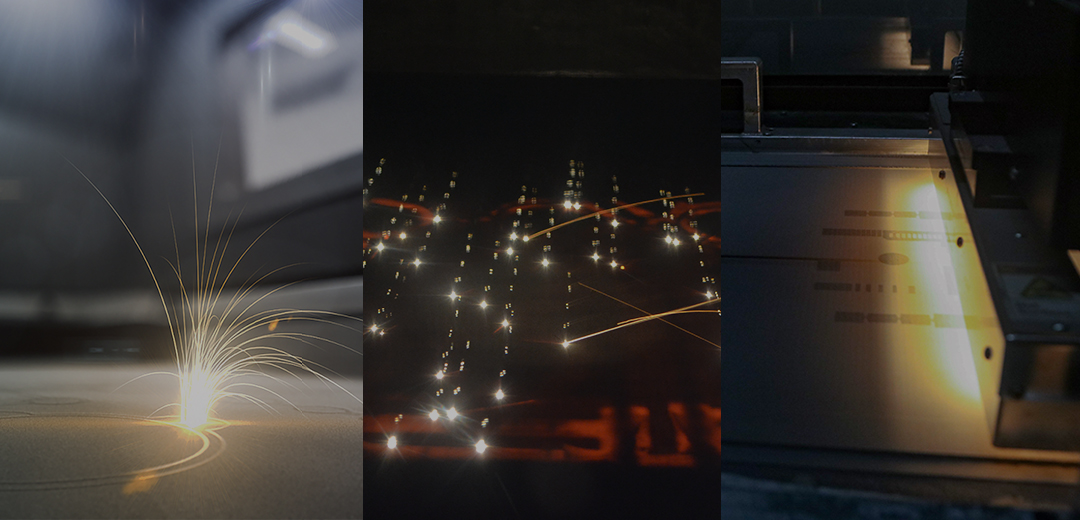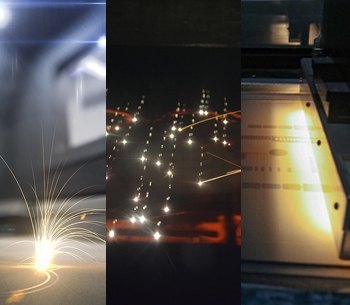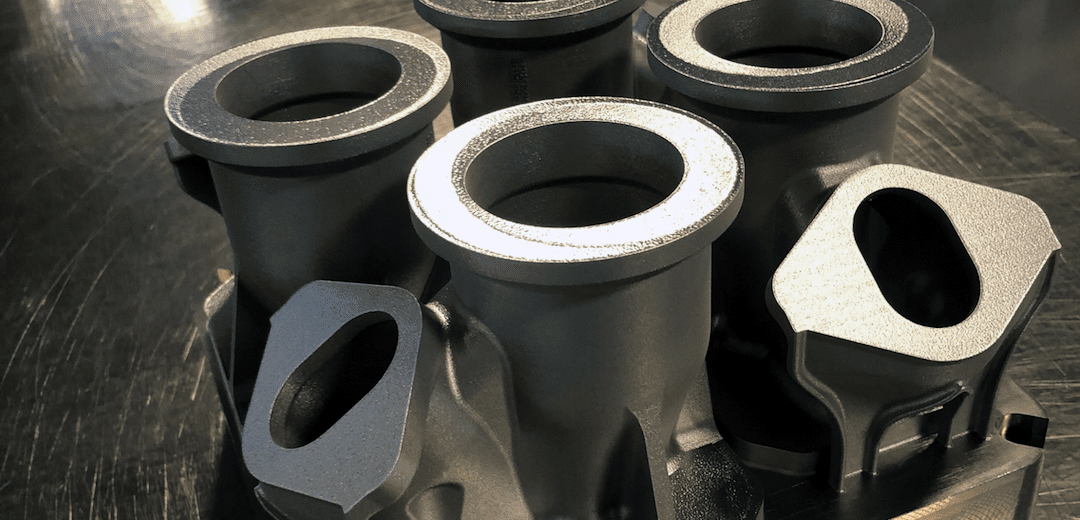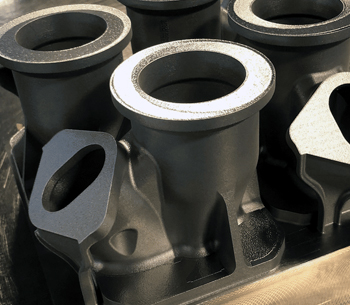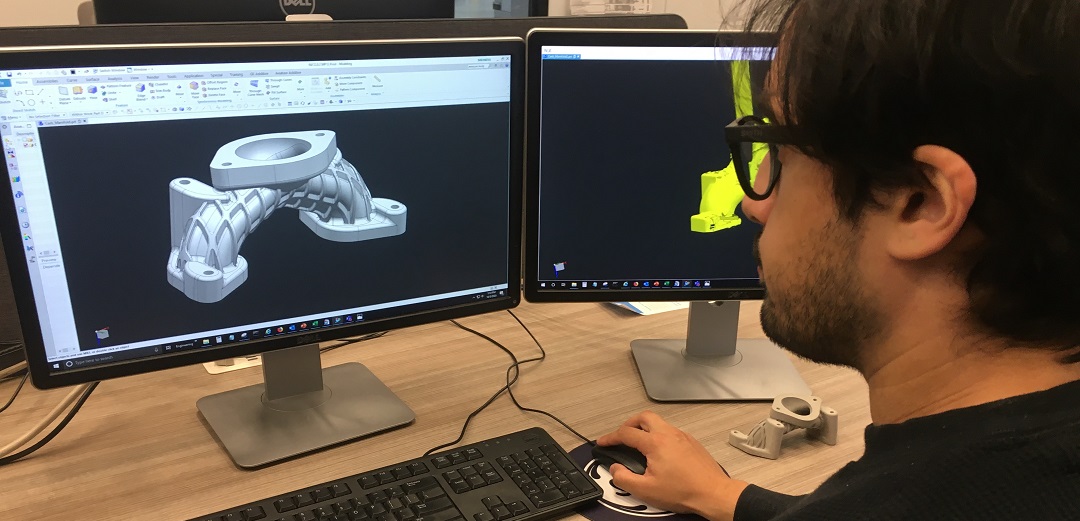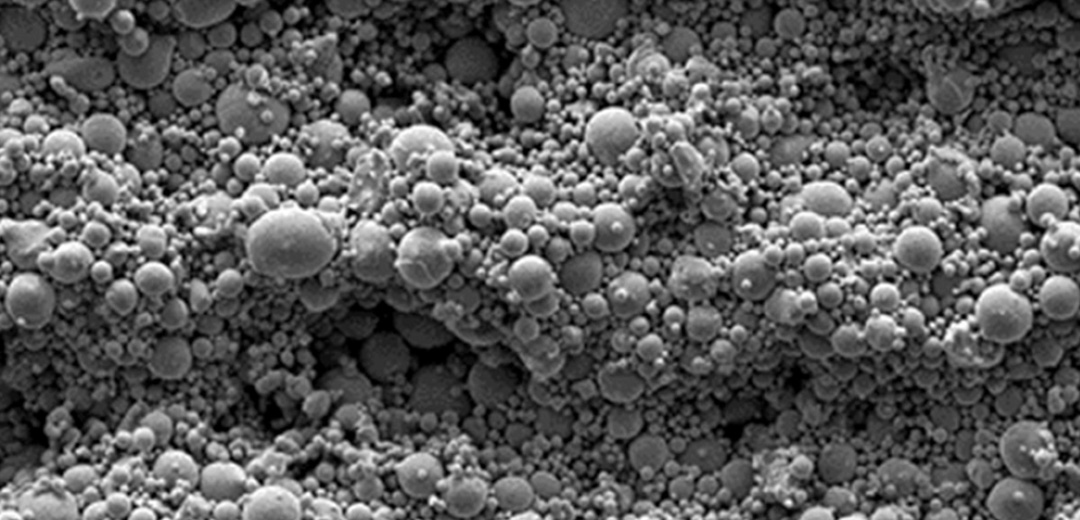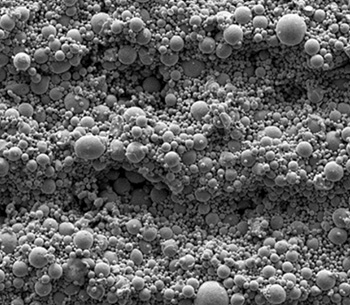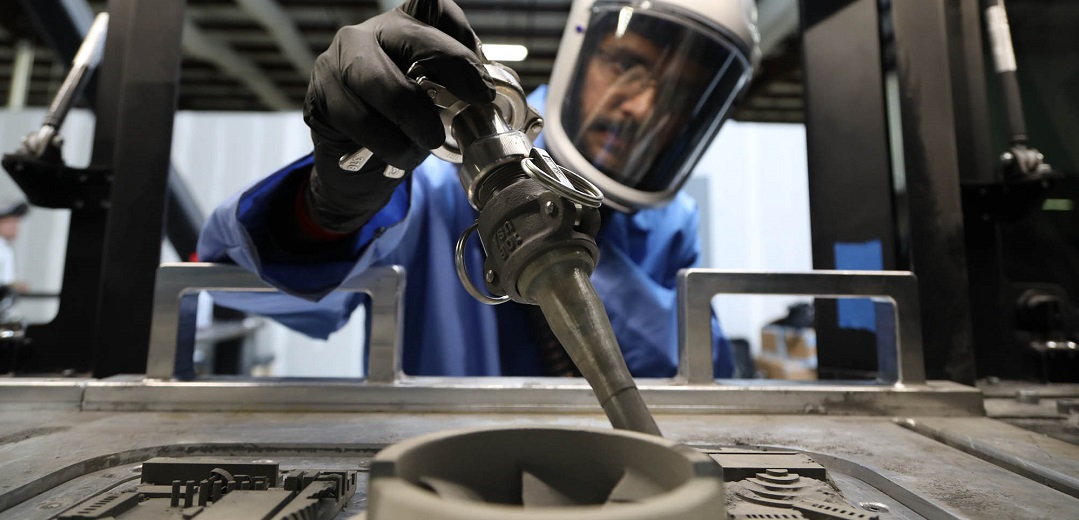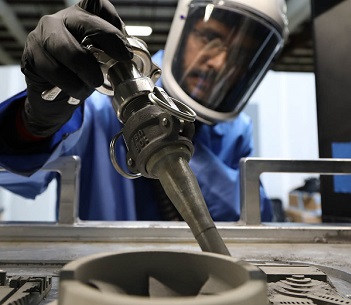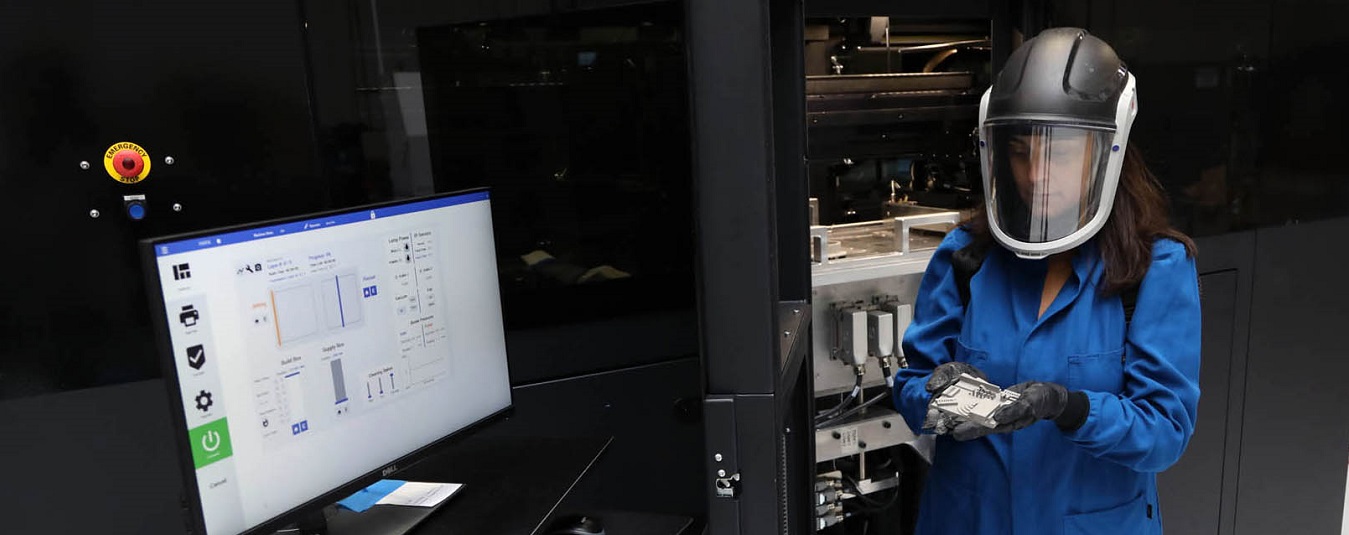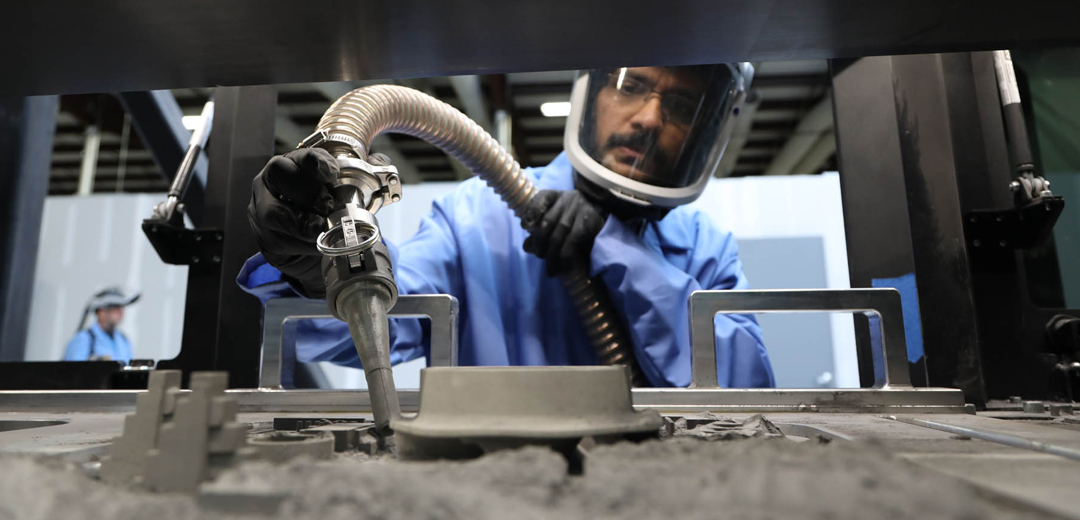Join this webinar to learn about Wabtec’s journey towards additive production using Binder Jet technology and hear about future collaborations between Wabtec and GE Additive.
GE Additive has partnered with Wabtec to scale Binder Jet technology from a beta program, to pilot lines, and then into a complete industrial factory solution. This collaboration was established to bolster Wabtec’s growing additive strategy and its application to the transportation industry. Additive is one of the key technology pillars for Wabtec and central to their efforts to drive innovation in the industries they serve. Binder Jet technology will enable Wabtec’s advanced designs to be produced in a reliable, low-cost manner for their current and developmental engines in locomotive, transit and mining programs.
Wabtec has been hard at work to understand how additive manufacturing can be integrated into its business to positively impact its products and transform its supply chain. So far, the company has set a target to have additive technologies being used in the production of up to 250 components for its product lines by 2025. The GE Additive team will continue to work closely with Wabtec to support the company’s industrialization strategy.
Join this webinar and hear from Philip Moslener, Corporate Vice-President, Advanced Technologies at Wabtec Corporation, and Jacob Brunsberg, Binder Jet Product Line Leader at GE Additive, to learn about Wabtec’s journey towards additive production and the future collaboration of the two companies.
Speakers
Philip Moslener
Corporate Vice-President, Advanced Technologies
Wabtec Corporation
Philip Moslener has been active in the railway industry for over 25 years. He started the Additive Manufacturing group at GE Transportation in early 2017, and now through the recent Wabtec/GE Transportation merger, his team serves the entire Wabtec Corp. in creating prototypes, tooling, spare parts and now production parts for locomotives as well as freight and transit sub-systems.
Previously, Philip held various roles with Bombardier Transportation in Canada, USA, China and Thailand, namely as Head of Engineering Asia Pacific region, Head of Functional Integration and Head of Mechanical Integration in North America. As a car builder, he had the pleasure to contribute designs and management to exciting rail projects, such as the Zefiro-380 Very High Speed Train (China), Acela High Speed Train (USA), New York City Subway (USA), New Jersey Transit Commuter (USA), Via Rail Inter-City trains (Canada), Minneapolis Light Rail (USA), Toronto Transit Subway (Canada), Queensland Rail Commuter (Australia) and Las Vegas Monorail (USA) to name a few.
In his current role with Wabtec as Corporate Vice-President, Advanced Technologies, Philip and his team are also responsible for developing and integrating new technologies such as Artificial Intelligence, Machine Learning, Cloud Engineering and Hydrogen Fuel Cells.
Born in Montreal, Canada, Philip graduated from Concordia University in Mechanical Engineering and is currently located in Chicago, IL.
Jacob Brunsberg
Modality Leader, Binder Jet
GE Additive
Charged with leading GE Additive’s Binder Jet modality, Jacob is responsible for the strategic development and commercialization of the technology.
Jacob has held leadership roles in engineering, project and product management and sales and marketing. Prior to GE, he worked for American Roller Company & Plasma Coatings with responsibility for the growth strategy of the company’s industrial division, which focused on advanced welding, cladding, thermal spray and powder metallurgy technologies.
Jacob joined GE Additive with a passion for growing and expanding the impact of additive on the manufacturing sector, in particular emerging Binder Jet technologies. Jacob holds a Bachelor of Science in Materials Science and Engineering from the University of Wisconsin-Madison.
